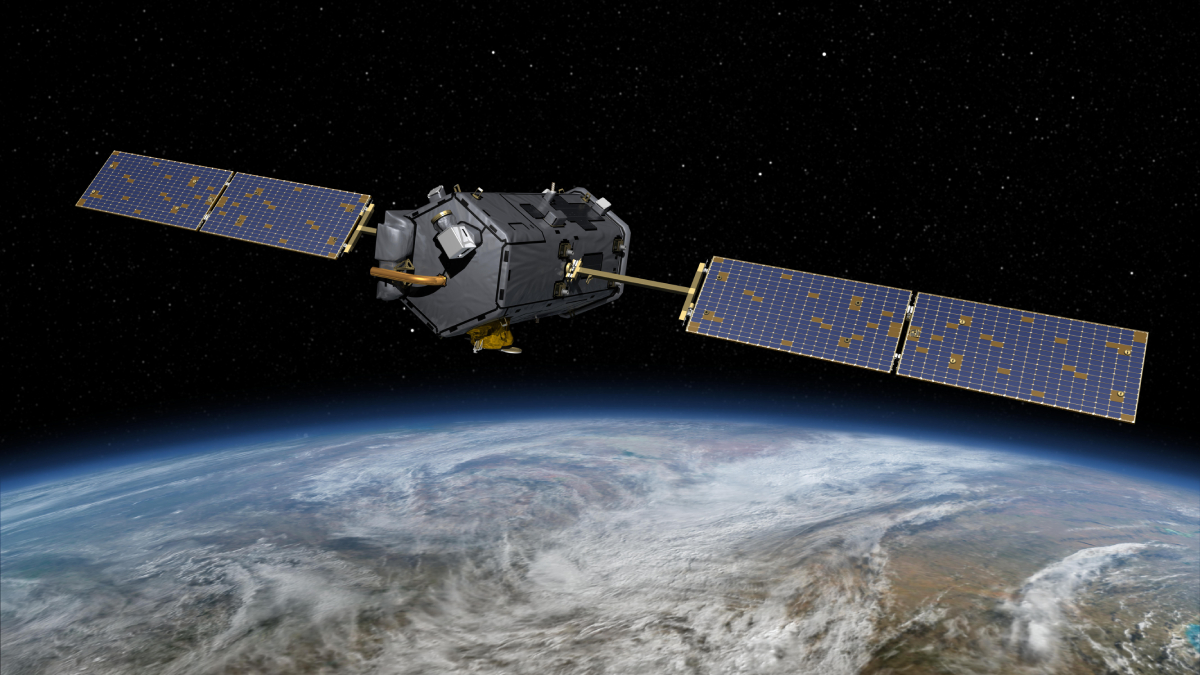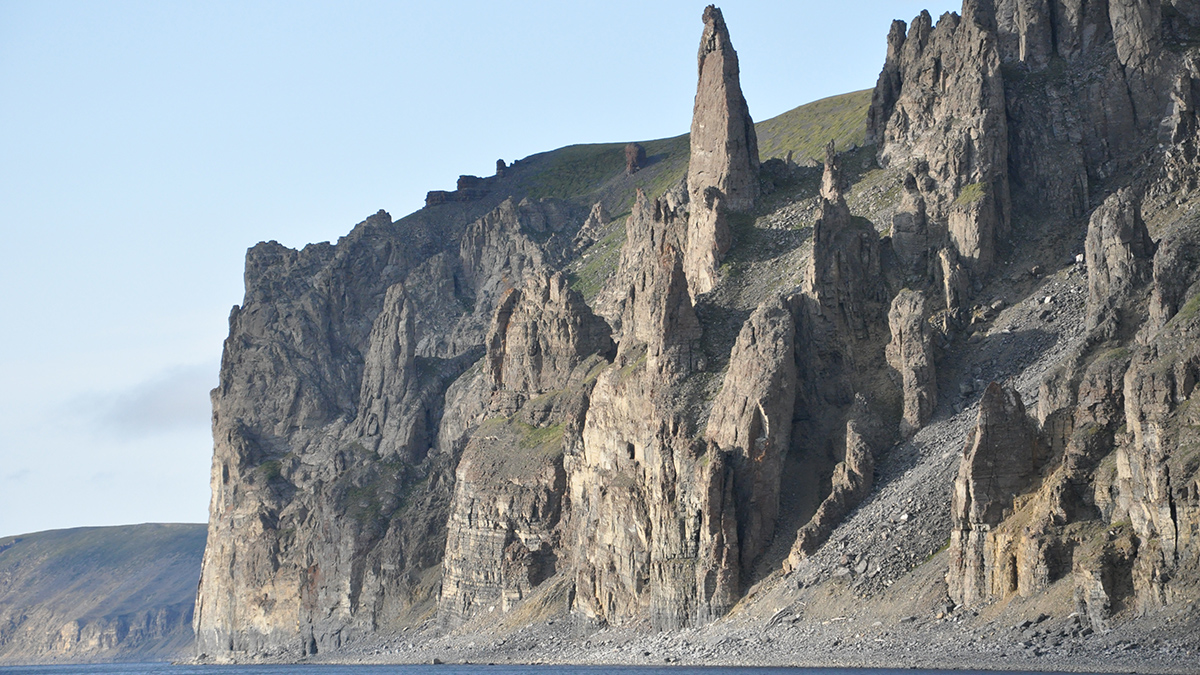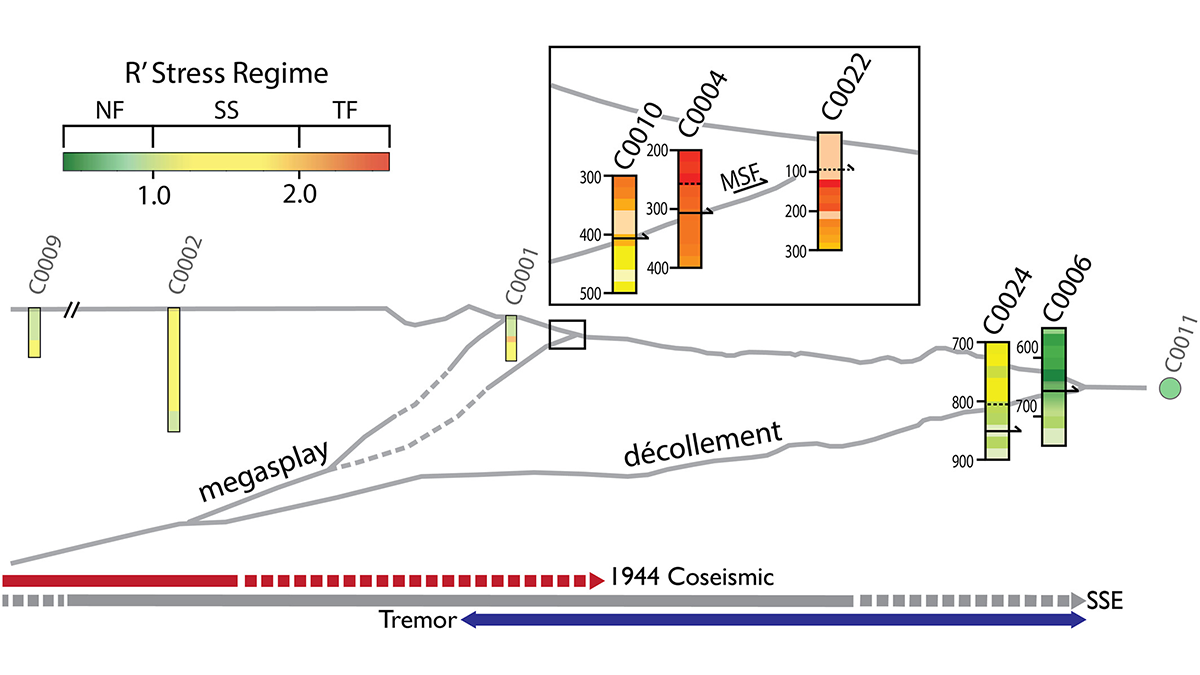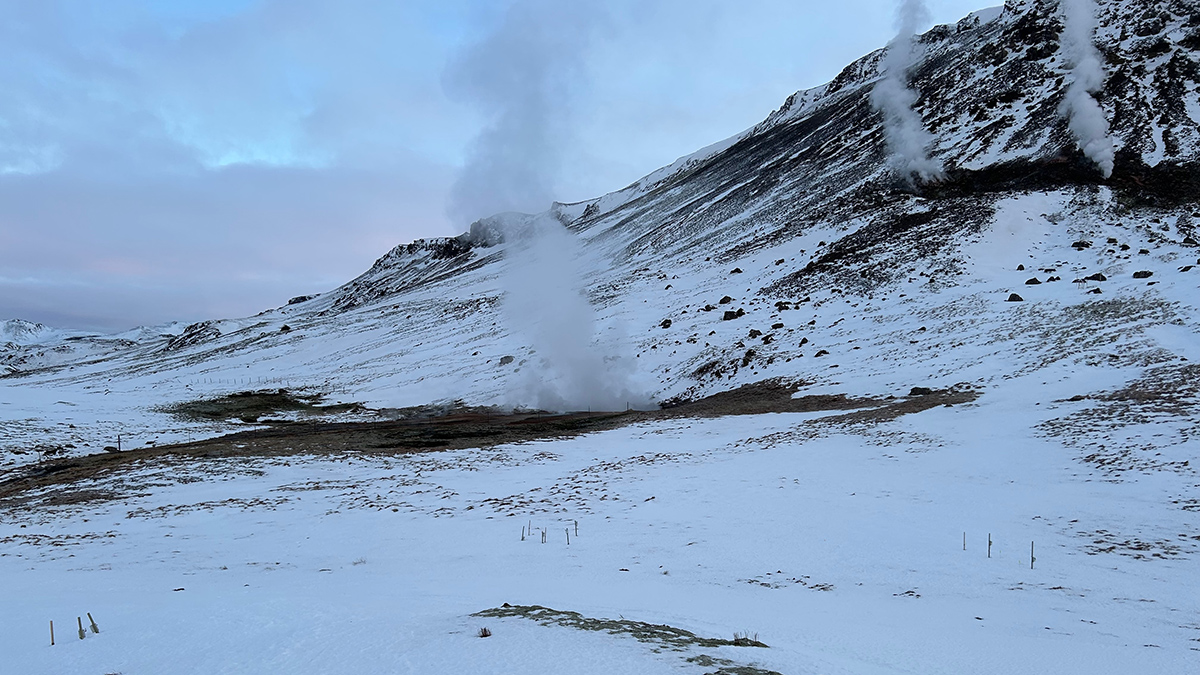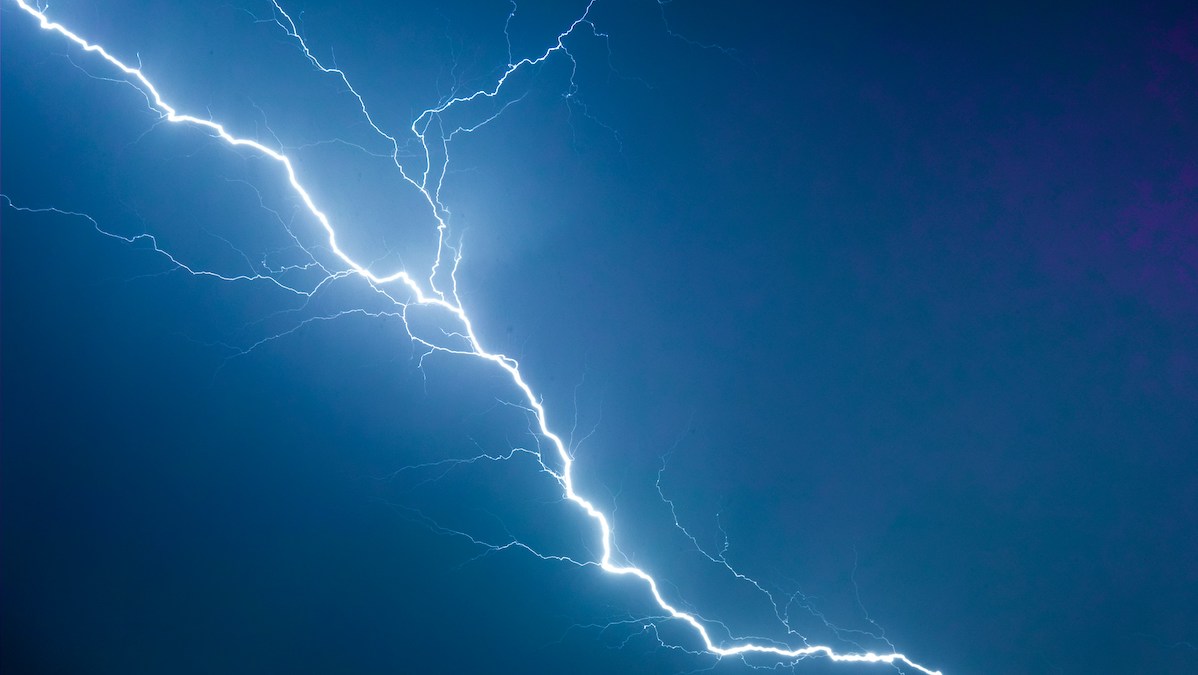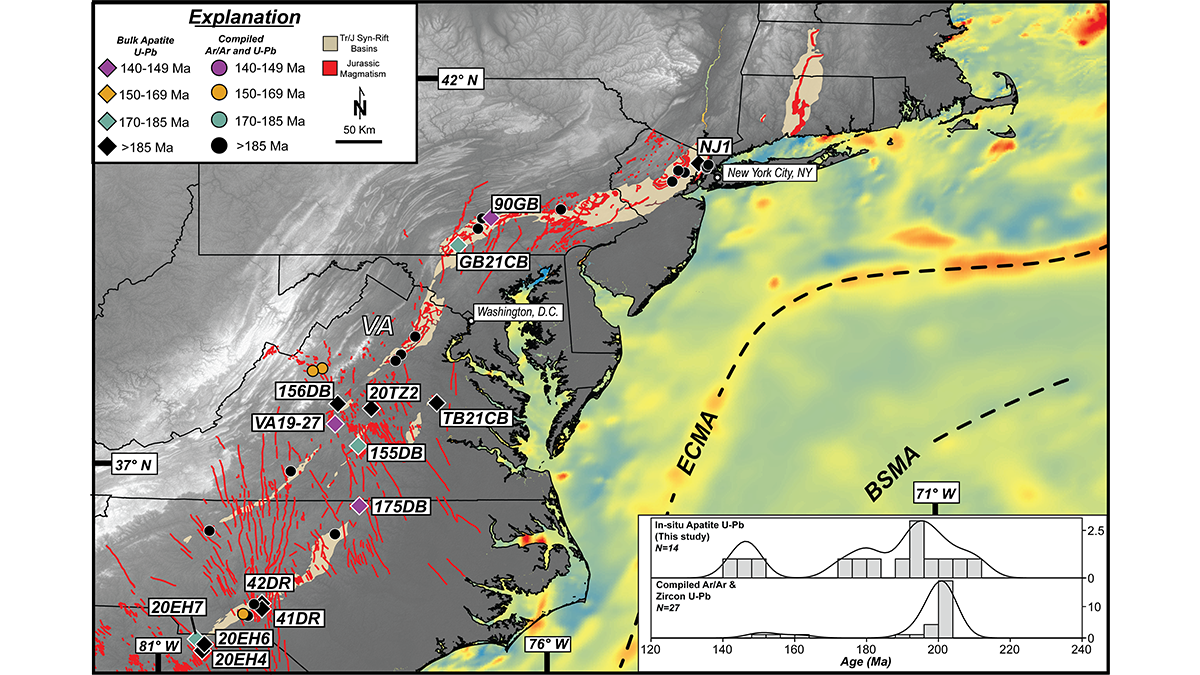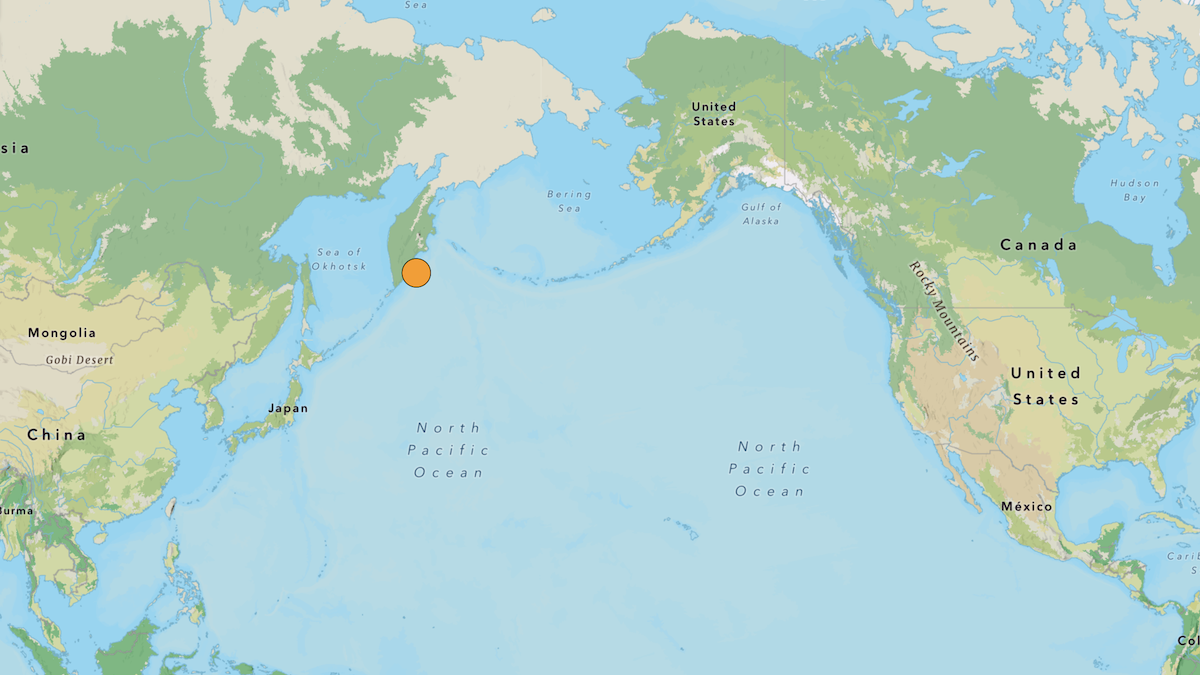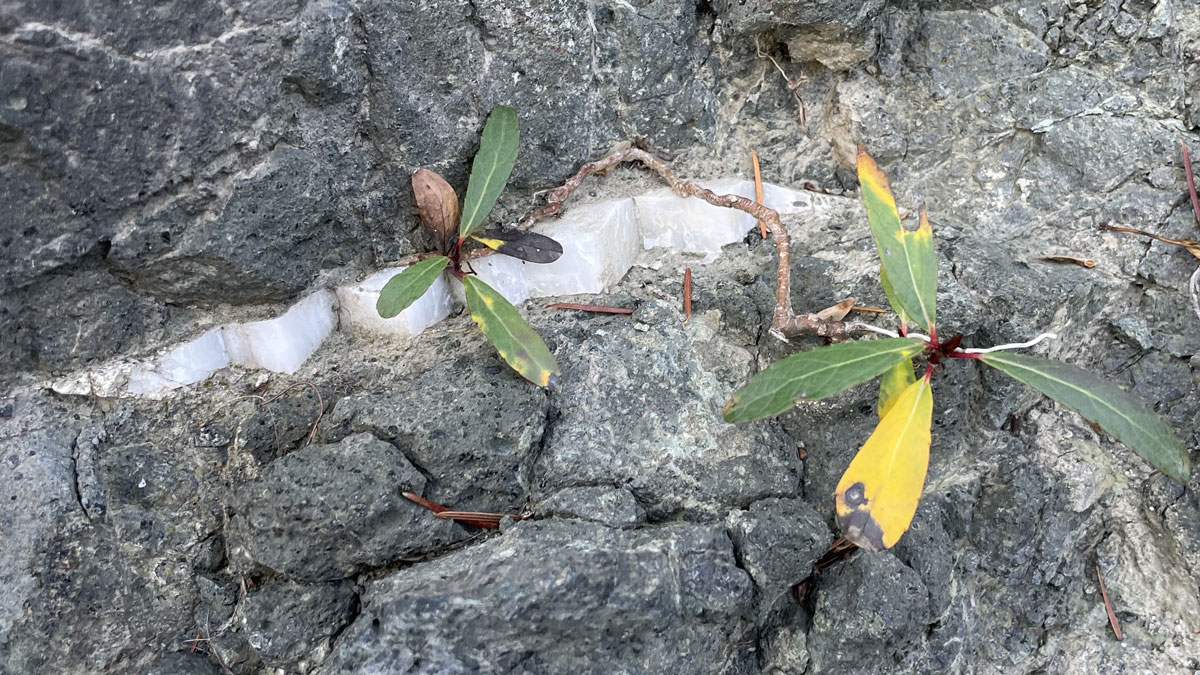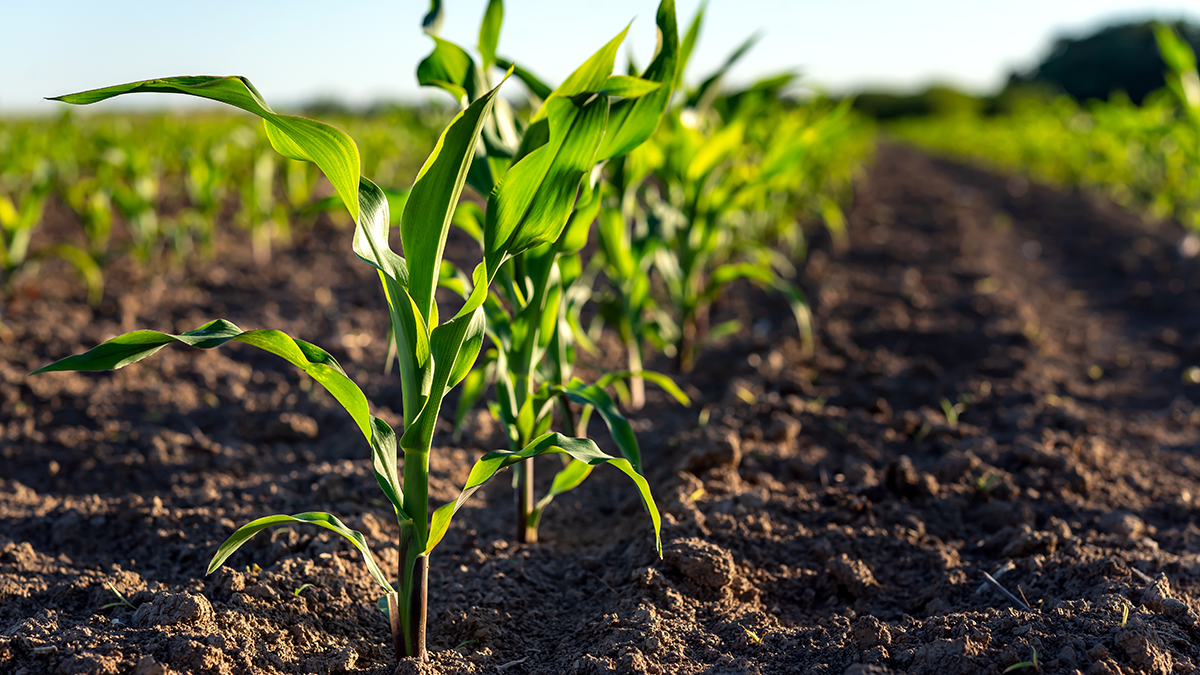Despite warnings that their actions are illegal, Duffy and other senior NASA officials have continued to secretly direct NASA employees to draw up plans to end at least two major satellites missions specifically designed to monitor global carbon dioxide.
Earth science
Cave Deposits Reveal a Permafrost-Free Arctic
Mineral cave deposits from northern Siberia show that the region was permafrost free during the late Miocene period, when Earth was warmer than today.
The State of Stress in the Nankai Subduction Zone
The Nankai subduction zone, in southern Japan, has hosted several large magnitude 8+ earthquakes during the last three hundred years. But, how stressed is it right now?
As the Arctic Warms, Soils Lose Key Nutrients
Climate change heats not only the air and the ocean but also the soil, where key processes that determine fertility and carbon sequestration operate in a fine-tuned balance.
There’s a New Record for the Longest Lightning Flash
515 miles—roughly the distance from Washington, D.C. to Detroit, one-third the length of the Colorado River, and now, the longest lightning bolt ever recorded.
That’s right: A new analysis of satellite data has revealed that a 22 October 2017 storm over the U.S. Midwest created a lightning bolt that reached 829 kilometers (515 miles), from eastern Texas to nearly Kansas City. The record-setting bolt lasted about 7 seconds.
Three Magmatic Pulses Helped Rifting Transform into Seafloor Spreading
A new geochronology of Mesozoic magmatism along the eastern margin of North America shows that continental breakup involved three distinct pulses of magmatism that localized extensional deformation.
Magnitude-8.8 Earthquake Strikes Western Pacific
One of the strongest earthquakes ever recorded struck off the eastern coast of Russia’s Kamchatka Peninsula Wednesday morning local time. Initially pegged at a magnitude-8.0, the quake was eventually upgraded to a magnitude-8.8. Adjusted magnitude estimates are not unusual for large earthquakes as more data become available.
Verdaderas soluciones climáticas están debajo de nosotros
Es momento de aceptar que el almacenamiento duradero de carbono en el subsuelo, junto con la reducción de emisiones, debe ser parte del plan para mitigar los efectos del cambio climático, y las geociencias deben desempeñar un papel central.
Why Crop Yield Decreases at High Temperatures
Scientists find that water stress drives the connection between surface temperature and crop yield loss, providing information to help improve predictions of agricultural productivity under climate change.
Susanne Maciel: Marrying Mathematics and Geology
A geophysicist brings math down to Earth and reaches a rural audience.

